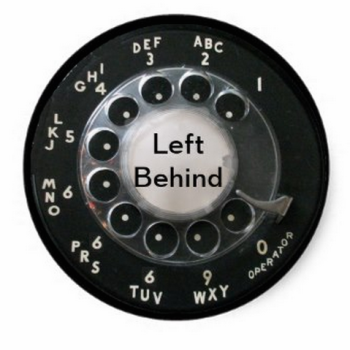Twenty years is a long time to be doing this. It’s a long time to be doing anything.
From March 10, 2010, “Family Feud politics“:
Facts do not matter in Family Feud. That game show — which pits teams of five family members against other family teams — isn’t about getting the right answer, but about guessing the most popular response. Where Jeopardy’s questions and answers come from an almanac or an encyclopedia, Family Feud’s responses come from surveys and polls. “One hundred people surveyed,” the host says, over and over, “the top five answers are on the board.” The questions on Family Feud don’t require knowledge or a grasp of information, but rather the ability to guess what answers were most popular with those “hundred people surveyed.”
Usually, the Family Feud producers do a good job tailoring their questions to this subjective format. “Name something that might be found in a glove compartment,” or “Name a popular animal at the zoo.” Such questions don’t have right and wrong answers, per se, just common or uncommon answers. But sometimes the producers trespass into more objective realms, offering questions that actually do have right and wrong answers. And on Family Feud, insisting on the right answer can get you into trouble, because those “hundred people surveyed” often seem to be an ill-informed bunch.
When Alex Trebek asks you about the capital of Australia, you’d better say “Canberra” or you’re going to lose. When Richard Dawson or his successors ask that question on Family Feud, you’d better be prepared to answer “Sydney” or “Melbourne” or “Vienna,” because those hundred people surveyed may have never seen a map.
… This is how you play Family Feud politics:
Step One: Redefine the facts. If a policy works, claim it doesn’t. If it will lower premiums, say it will raise them. If it would reduce the deficit, claim it will bankrupt the country. Obfuscate. Distract. Confuse. Lie. Lie some more. Throw random nonsense at the wall — death panels! — and see if any of it sticks. Don’t be troubled by contradiction or worried about consistency. It’s perfectly fine to simultaneously propose eliminating Medicare while posing as its defender. That’s absurd and confusing, but confusion is the whole point here. Confusion is good. If those hundred people surveyed aren’t completely confused, then you haven’t succeeded in rigging the game.
Step Two: Poll, poll and poll. Hire Frank Luntz. Poll some more. This is all you can afford care about. Family Feud politics isn’t about ideology, principle, values, good government, effectiveness, solutions, reality, facts, science or truth. It’s about perception and the shaping of that perception by any means necessary. Obsessively polling and recalibrating the message and then re-polling is the only way to be sure that you’re shaping perception in a winning way. Keep this up until the polls show that the confusion and disinformation sown in Step One have taken root among the hundred people surveyed.
Step Three: Cite the polling data. Call it that: polling data. The word “data” there makes it sound kind of like you give a damn about facts or reality or truth-telling. You don’t — you mustn’t if you intend to win this game — but you need to sound like you do. Argue that the polling data proves that the right answer is unpopular and therefore wrong. Argue that the facts are contrary to the will of the people. Argue that it would be undemocratic, tyrannical even, to insist on the right answer when the majority clearly disagrees. If you do this properly, you can congratulate yourself for being a champion of the very people you’re screwing over and even get some of them to thank you for robbing them blind.











